#indigenous hawaiians
Explore tagged Tumblr posts
Text
As far as the Live Action “Lilo & Stitch” goes, if curiosity doesn’t get the better of me at some point and I watch it like two years after it comes out, between them casting someone who could pass as white as Nani and making Stitch ashy, I’m already not feeling it. It’s literally the Naomi Scott-as-Jasmine situation all over again (colorism; while we’re at it, the actors for Aladdin and Jafar could’ve been darker as well). Like, instead of white-passing biracial actors going out for roles meant for dark(er)-skinned actors, why not go for roles initially being written for light-skinned/white actors if you can? If you gon be out here taking roles from people, take them from the group that has the most media representation!
P.S. Shout out to the person that made that tweet/message/meme about Zendaya and Thandie Newton’s daughter taking roles meant for white actresses! Idk your name, but that last part was me indirectly quoting you!🫶🏾


#miscellaneous jay#doaom#lilo and stitch#lilo and stitch live action#lilo and stitch 2025#colorism#cultural appreciation#dark skin girlies#indigineous people#indigenous hawaiians#positive representation matters#cultural representation#film critique#disnerd#disblerds#disney classics#disney movies
3 notes
·
View notes
Text




Celebrating Indigenous Peoples' Day!
Today the USA marks Indigenous Peoples' Day - to celebrate, have a listen to these podcasts to learn some of the Indigenous, queer history of what is now the USA.
Osh-Tisch
Osh-Tisch was a batée born in the mid-19th-century Crow Nation. Batée is a uniquely Crow gender identity, describing a person assigned male at birth, who performs female as well as specifically batée social roles. Osh-Tisch was renowned for their skills as a craftsperson, their bravery in the 1876 Battle of the Rosebud, and as the best poker player in the region. In the face of attempts by the US government to force assimilation to Western ideas of gender, Osh-Tisch’s community fought for their right to express their identity.
[Image source: Will Roscoe’s Changing Ones: Third and Fourth Genders in Native North America]
We'wha
Born c.1849 at Zuni (now in New Mexico), We’wha was a lhamana - a Zuni gender including both masculine and feminine roles. Like many lhamana, We'wha was a highly skilled craftsperson, proficient in both traditionally masculine, and traditionally feminie crafts. In 1885, We’wha travelled to Washington DC as a representative of the Zuni people, where they worked with anthropologists and the Smithsonian museum to demonstrate and share information about Zuni crafts and culture, and met US President Grover Cleveland.
[Image source]
Bíawacheeitchish
Born in the early 1800s, Bíawacheeitchish (Woman Chief) was a Gros Ventre woman who lived amongst the Crow people. She was skilled in traditionally masculine pursuits like riding, hunting and warfare. Polygamy was common amongst the Crow, and Bíawacheeitchish married four women. Her military prowess led to her becoming one of the most respected Crow chiefs.
[Image source]
Kapaemahu
According to Hawai'ian oral histories, in around the 1500s, four healers visited Honolulu from what are now the Society Islands. These healers - named Kapaemahu, Kahalao, Kapuni, and Kinohi, were māhū, a gender recognised in Kānaka Maoli (Native Hawai’ian) culture, with a particular focus on healing and caring roles.
When they departed Hawai'i, the four māhū left behind four huge stones as a memento of their visit, imbued with their healing powers, which are still revered in Hawai'i today.
[Image source]
#indigenous peoples day#indigenous history#crow history#hawaiian history#zuni history#queer history#two-spirit#two-spirit history#lgbt history#lgbtq#native american history
553 notes
·
View notes
Text


aloha, please please please share & donate to Kūʻiʻo (a kanaka who has ties to the land) to stop the sale of her family land!! please please please, indigenous lands need to stay in indigenous hands!!
https://donorbox.org/savekuiolanishome
419 notes
·
View notes
Text
Interior Department Announces New Guidance to Honor and Elevate Hawaiian Language

"In commemoration of Mahina ʻŌlelo Hawaiʻi, or Hawaiian Language Month, and in recognition of its unique relationship with the Native Hawaiian Community, the Department of the Interior today announced new guidance on the use of the Hawaiian language.
A comprehensive new Departmental Manual chapter underscores the Department’s commitment to further integrating Indigenous Knowledge and cultural practices into conservation stewardship.
“Prioritizing the preservation of the Hawaiian language and culture and elevating Indigenous Knowledge is central to the Biden-Harris administration's work to meet the unique needs of the Native Hawaiian Community,” said Secretary Deb Haaland. “As we deploy historic resources to Hawaiʻi from President Biden’s Investing in America agenda, the Interior Department is committed to ensuring our internal policies and communications use accurate language and data."
Department bureaus and offices that engage in communication with the Native Hawaiian Community or produce documentation addressing places, resources, actions or interests in Hawaiʻi will use the new guidance on ‘ōlelo Hawaiʻi (Hawaiian language) for various identifications and references, including flora and fauna, cultural sites, geographic place names, and government units within the state. The guidance recognizes the evolving nature of ‘ōlelo Hawaiʻi and acknowledges the absence of a single authoritative source. While the Hawaiian Dictionary (Pukui & Elbert 2003) is designated as the baseline standard for non-geographic words and place names, Department bureaus and offices are encouraged to consult other standard works, as well as the Board on Geographic Names database.
Developed collaboratively and informed by ʻōlelo Hawaiʻi practitioners, instructors and advocates, the new guidance emerged from virtual consultation sessions and public comment in 2023 with the Native Hawaiian Community.
The new guidance aligns with the Biden-Harris administration’s commitment to strengthening relationships with the Native Hawaiian Community through efforts such as the Kapapahuliau Climate Resilience Program and Hawaiian Forest Bird Keystone Initiative. During her trip to Hawaiʻi in June, Secretary Haaland emphasized recognizing and including Indigenous Knowledge, promoting co-stewardship, protecting sacred sites, and recommitting to meaningful and robust consultation with the Native Hawaiian Community."
-via US Department of the Interior press release, February 1, 2024
--
Note: I'm an editor so I have no idea whether this comes off like as big a deal as it potentially is. But it is potentially going to establish and massively accelerate the adoption of correctly written Native Hawaiian language, as determined by Native Hawaiians.
Basically US government communications, documentations, and "style guides" (sets of rules to follow about how to write/format/publish something, etc.) can be incredibly influential, especially for topics where there isn't much other official guidance. This rule means that all government documents that mention Hawai'i, places in Hawai'i, Hawaiian plants and animals, etc. will have to be written the way Native Hawaiians say it should be written, and the correct way of writing Hawaiian conveys a lot more information about how the words are pronounced, too, which could spread correct pronunciations more widely.
It also means that, as far as the US government is concerned, this is The Correct Way to Write the Hawaiian Language. Which, as an editor who just read the guidance document, is super important. That's because you need the 'okina (' in words) and kahakō in order to tell apart sizeable sets of different words, because Hawaiian uses so many fewer consonants, they need more of other types of different sounds.
And the US government official policy on how to write Hawaiian is exactly what editors, publishers, newspapers, and magazines are going to look at, sooner or later, because it's what style guides are looking at. Style guides are the official various sets of rules that books/publications follow; they're also incredibly detailed - the one used for almost all book publishing, for example, the Chicago Manual of Style (CMoS), is over a thousand pages long.
One of the things that CMoS does is tell you the basic rules of and what specialist further sources they think you should use for writing different languages. They have a whole chapter dedicated to this. It's not that impressive on non-European languages yet, but we're due for a new edition (the 18th) of CMoS in the next oh two to four years, probably? Actually numbering wise they'd be due for one this year, except presumably they would've announced it by now if that was the case.
I'm expecting one of the biggest revisions to the 18th edition to add much more comprehensive guidance on non-Western languages. Considering how far we've come since 2017, when the last one was released, I'll be judging the shit out of them if they do otherwise. (And CMoS actually keep with the times decently enough.)
Which means, as long as there's at least a year or two for these new rules/spellings/orthographies to establish themselves before the next edition comes out, it's likely that just about every (legit) publisher will start using the new rules/spellings/orthographies.
And of course, it would expand much further from there.
#don't ask me about the magazine and newspaper half of this#bc I do Not know AP style#except the differences I'm annoyed at lol#ap doesn't respect the oxford comma#hawaii#hawaiʻi#language#orthography#linguistics#language stuff#hawaiian#native hawaiian#united states#publishing#book publishing#indigenous#indigineous people#indigenous languages#language revitalization#language resources#editorial
417 notes
·
View notes
Note
The Hawaiian language doesn't attach gender to pronouns, but it does have a complex set of relational pronouns, so you can use a particular pronoun to note for example "all of us (except for that guy)"
.
#aw don't exclude that guy what did he do?#this is fascinating it's almost three in the morning and I'm staring at a wall and marveling how languages work#answered#anonymous#I don't know if you're just sharing a cool fact or if you speak Hawaiian yourself anon#but either way it launched me back into another Hawaii-related rabbit hole that I really can't afford right now#I've been having this slow burn interest in Hawaiian history/nature/indigenous culture since I was a kid#and I don't mean to sound silly but I just love the way the language sounds it's so melodic and dense and instantly recognizable#zapped with free serotonin whenever it gets mentioned anywhere
239 notes
·
View notes
Text
511 notes
·
View notes
Text
Time Travel Question 46: Early Modernish and Earlier
These Questions are the result of suggestions from the previous iteration.
This category may include suggestions made too late to fall into the correct earlier time grouping. Basically, I'd already moved on to human history, but I'd periodically get a pre-homin suggestion, hence the occasional random item waaay out of it's time period, rather than reopen the category.
In some cases a culture lasted a really long time and I grouped them by whether it was likely the later or earlier grouping made the most sense with the information I had. (Invention ofs tend to fall in an earlier grouping if it's still open. Ones that imply height of or just before something tend to get grouped later, but not always. Sometimes I'll split two different things from the same culture into different polls because they involve separate research goals or the like).
Please add new suggestions below if you have them for future consideration. All cultures and time periods welcome.
#Time Travel#Early Modern#Aztecs#Tenochtitlan#Versailles#Louis XIV#Thames Frost Fair#The Original Amber Room#Vauxhall Gardens#Potlatch#Indigenous History#Pacific Northwest History#The Amazon#South American History#North American History#Cascadia Earthquake#History of Food#Queen Elizabeth I#Tudor England#Kamehameha the Great#Hawaiʻi#Hawaiian History
109 notes
·
View notes
Text
Does anyone know where I can find opinions from Kanaka Maoli ( Native Hawaiian ) folk on pop culture stuff? I've got questions that I want to ask or be answered, but I don't know where to look. I'm also aware that there's a lot more pressing issues at hand for folk, so I don't want to bombard them with silly questions about franchises they've never heard of.
#hawaiʻi#Kānaka Maoli#pop culture#indigenous culture#kānaka maoli#native hawaiian#pokemon#alola#monster hunter#monster hunter tri#culture#education#polynesian#polynesia#pacific#hawaii#pokemon sun and moon#pokemon usum
13 notes
·
View notes
Text


a little love story about the origin of the naupaka flower~
17 notes
·
View notes
Photo
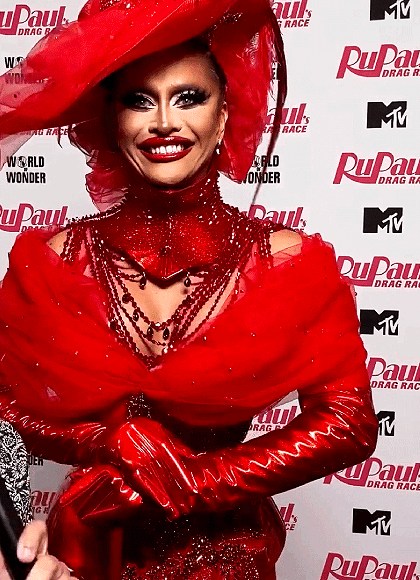
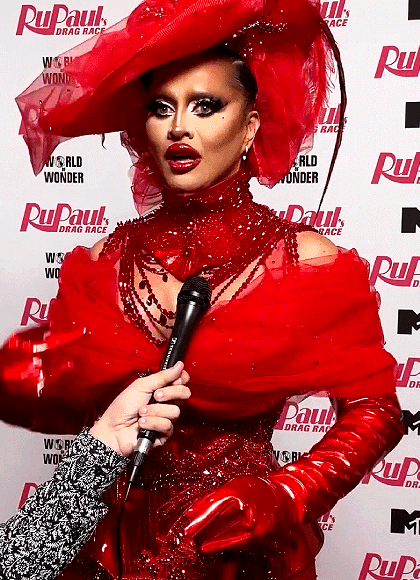
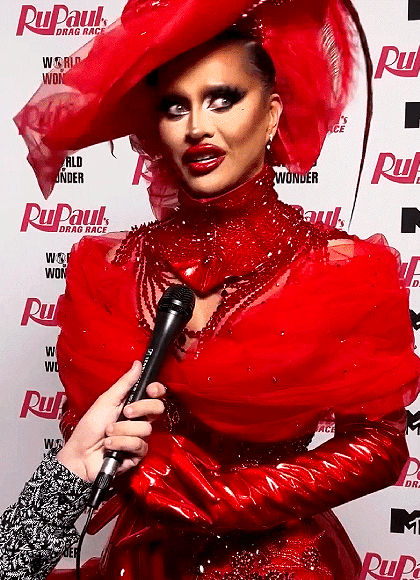

SASHA COLBY: Pride Today Interview (2023)
#sasha colby#sashacolbyedit#dragraceedit#dragedit#lgbtqedit#dragsource#rpdredit#pocedit#edit**#&*#mother!#and happy asian american and pacific islander month <3#we stan the 1st hawaiian/indigenous winner of drag race
164 notes
·
View notes
Text

Wall of Identity by Kamea Hadar
Honolulu, Hawaii
Bob Cronk
#Hawaii#Oahu#mural#hawaiian life#hawaiian#urban art#hawaiianlove#indigenous people#bob cronk#bob cronk photography#original photographers#photographers on tumblr#original photography#photography on tumblr
103 notes
·
View notes
Text

International Day of the World’s Indigenous Peoples
On the 9th of August, the UN celebrates the International Day of the World’s Indigenous Peoples, and we celebrate some Indigenous queer history! Here’s a few of our podcasts you can check out to learn some more!
We’wha (pictured)
Born c.1849 at Zuni (now in New Mexico, USA), We’wha was a lhamana - a Zuni gender including both masculine and feminine roles. Like many lhamana, We'wha was a highly skilled craftsperson, proficient in both traditionally masculine, and traditionally feminie crafts.
In 1885, We’wha travelled to Washington DC as a representative of the Zuni people, where they worked with anthropologists and the Smithsonian museum to demonstrate and share information about Zuni crafts and culture, and met US President Grover Cleveland.
Click here to check out our podcast on We'wha!
[Image source - note this source was incorrect in the original post and has been corrected]
Kapaemahu
According to Hawai'ian oral histories, in around the 1500s, four healers visited Honolulu from what are now the Society Islands. These healers - named Kapaemahu, Kahalao, Kapuni, and Kinohi, were māhū, a gender recognised in Kānaka Maoli (Native Hawai’ian) culture, with a particular focus on healing and caring roles.
When they departed Hawai'i, the four māhū left behind four huge stones as a momento of their visit, imbued with their healing powers, which are still revered in Hawai'i today.
Click here to check out our podcast on Kapaemahu!
Osh-Tisch
Osh-Tisch was a batée born in the 19th-century Crow Nation. Batée is a uniquely Crow gender identity, describing a person assigned male at birth, who performs female as well as specifically batée social roles. Osh-Tisch was renowned for their skills as a craftsperson, their bravery in the 1876 Battle of the Rosebud, and as the best poker player in the region. In the face of attempts by the US government to force assimilation to Western ideas of gender, Osh-Tisch’s community fought for their right to express their identity.
Click here to hear our podcast on Osh-Tisch!
#indigenous peoples day#indigenous history#queer history#two-spirit history#hawaii#hawaiian history#zuni#zuni history#crow#crow history#lgbt#lgbtq
186 notes
·
View notes
Text
oceanian representation in genshin? LET'S GO PACIFIC PEOPLE‼️🌺🌊🥥🌴
#genshin impact#genshin#natlan#genshin natlan#indigenous representation#polynesian representation#mualani my hawaiian bbygirl🌺#ik hoyo isn't the best for black and brown representations#but i'm literally in tears seeing my people and our cultures in popular medias🥹#i can do cultural analysis or posts when we'll have more
12 notes
·
View notes
Text

Wearing a tiaré flower in your ear is such a small and simplistic thing, yet it carries so much history and culture with it!
🇵🇫🇹🇴🇼🇸
#history#tiare flower#tahiti#tonga#samoa#hawaiian history#polynesian#flower#traditional femininity#lei#indigenous history#pacific islands#traditional culture#coquette#beautiful#flower crown#hawaii#soft girl#purity#beach style#polynesian history#mythology#flower necklace#ātea#sacred#tahitian history#flower power#nickys facts
26 notes
·
View notes
Text

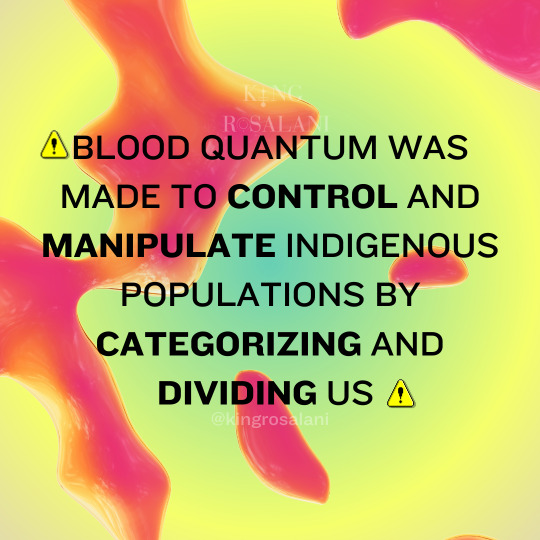


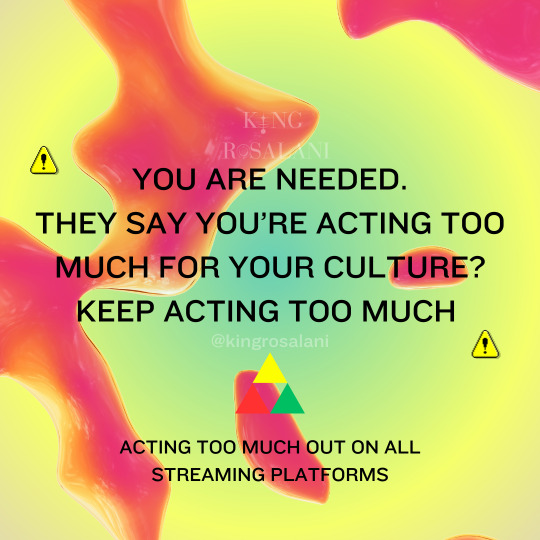
Acting too much for you culture? Keep going. You belong in your cultures.
https://distrokid.com/hyperfollow/teriunderhill/acting-too-much
#teri underhill#songwriter#neurodivergent#singer#polynesian#hawaiian#music#indigenous#acting too much#king Rosalani#female producer#musician#blood quantum#mixed#Hapa#kānaka maoli#kānaka#Hawaii#you belong#culture#cultures
30 notes
·
View notes